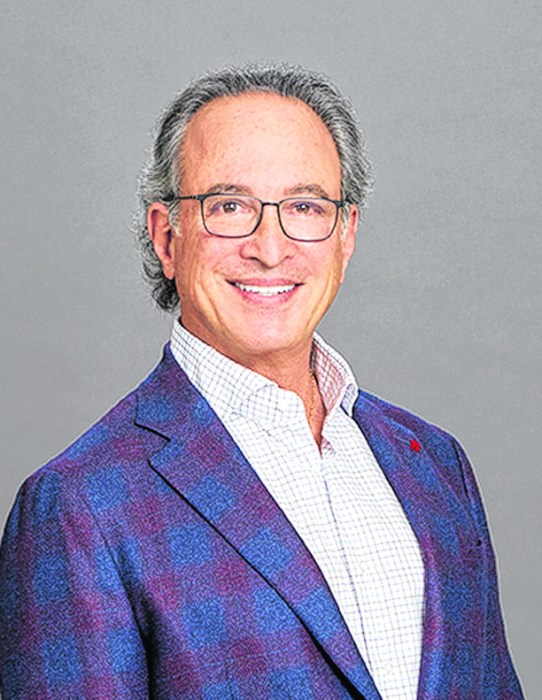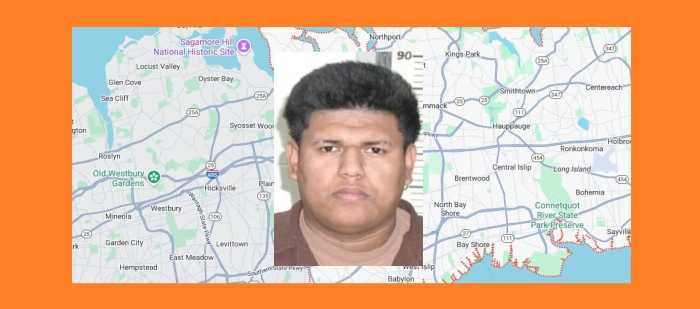
When he’s right, he’s right. Even if it was for the wrong reasons and slathered with the most despicable motivations, Trump was correct when he drew national attention to the possibility that our elections could be rigged.
This Election Day, some eight out of 10 votes will be cast and counted on electronic voting machines. These devices, many of which are ancient by popular computer standards, run on secret, proprietary software that nobody can see, owned by private companies that have their own political interests.
Computerized voting and vote counting has been criticized by security experts since it showed up in the 1990s, but now we all know that even corporations we assumed were air-tight can be vulnerable to hacking and data manipulation.
Electronic voting machines don’t offer any advantage over paper ballots marked and counted by hand, unless your goal is to make fraud easier.
Since 2010, Nassau County has used the ES&S Automark ballot-marking system combined with the ES&S DS200 ballot scanner. Most voters wouldn’t use a six-year-old cell phone or laptop for sensitive personal business. Forty three states are using voting machines that are at least 10 years old. The voting machine market is dominated by only three companies, so there’s little competition or incentive to stay on top of updates. Serious computer users have their system software updated daily based on new potential and theoretical security breaches. These voting machines are sitting in storage, updated for bugs maybe once a year by ES&S. Who knows? It’s proprietary.
In New York, voters fill out paper ballots and an optical scanner reads the ballot. This produces a database of the results when voting is ended. There are so many potential security flaws in this system, it isn’t even funny. The database isn’t encrypted, leaving it vulnerable throughout the counting process. Hand recounts of paper ballots aren’t automatic.
Some governments have stopped leaving the most basic function of a Republican democracy to private, for-profit companies working in secret. San Francisco and Los Angeles County are switching to open source voting software, so that everyone can see the code and experts from around the world can chip in and keep the code tight. They’re willing to share with other governments. Open source. My favorite phrase.
On Aug. 10, a security expert from Symantec went on CBS’s morning show and demonstrated how to vote multiple times at a voting station using software on a $15 USB thumb drive. Researchers have identified at least 10 high-profile races since 2004 in which manipulation may have occurred. Warning signs include results with significant deviation from hand-counted ballots (2004 Washington Governor, 2010 Massachusetts U.S. Senate), from exit polls (2004 Ohio President) or from other races on the same ballot (2014 Maryland Governor). All 10 cases involve surprise wins by Republicans over Democrats.
When they caught up to Bin Laden in 2011, Navy SEALS found a copy of Bev Harris’s book, Black Box Voting: Ballot Tampering in the 21st Century.
Trump understands that you can’t really affect an election by sending a handful of people out in an attempt to vote multiple times. Some people believe this is how President Obama was elected, twice. That’s for them. There are far more effective and efficient ways to rig elections.
A quarter of all the voters in Cleveland, overwhelmingly African-American, Latino and poor people, were purged from voter lists between the 2000 and 2004 elections. 126,000 mostly newly registered voters disappeared from Brooklyn voter rolls just before the last Presidential primary.
“We cannot ignore the record evidence that, because of race, the legislature enacted one of the largest restrictions of the franchise in modern North Carolina history,” said the 4th Circuit Court of Appeals, Richmond, last month.
 Michael Miller (mmillercolumn@gmail.com) has worked in state and local government. He lives in New Hyde Park. The views expressed in this column are not necessarily those of the publisher or Anton Media Group.
Michael Miller (mmillercolumn@gmail.com) has worked in state and local government. He lives in New Hyde Park. The views expressed in this column are not necessarily those of the publisher or Anton Media Group.































